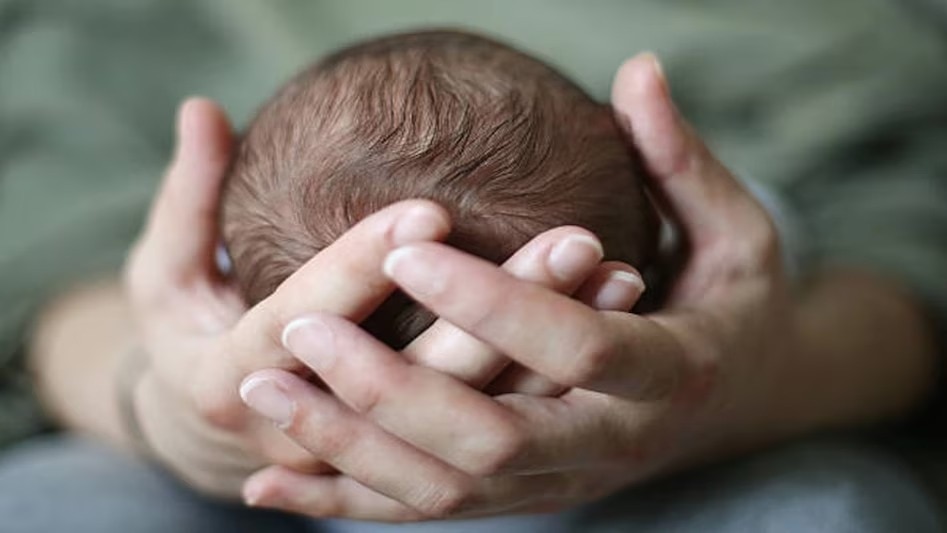Russia has joined global efforts to combat falling birthrates by introducing a new financial incentive for young women. Female students under the age of 25 in the Karelia region will receive a one-time payment of 100,000 rubles (about ₹81,000) for giving birth to a healthy baby.
The initiative is part of Russia’s broader strategy to reverse the decline of its population, which has reached historic lows.
The new policy targets female students enrolled full-time in local universities or colleges in Karelia. However, it does not include mothers who give birth to stillbirths and raises questions about the competence of mothers of children with disabilities or children affected by Sudden Infant Death Syndrome. The policy also does not specify whether additional support will be provided for childcare or postpartum recovery.
Russia’s birth rate has hit a 25-year low, with just 599,600 babies born in the first half of 2024—16,000 fewer than the same period in 2023. The Kremlin has called the situation “fatal for the nation’s future”.
The Karelia program is one of many initiatives being launched across Russia. Cities like Tomsk and 11 other regional governments have launched similar incentives for young mothers. At the national level, maternity payments are set to increase in 2025, with first-time mothers receiving 677,000 rubles (about $6,150) and second-time mothers 894,000 rubles (about $8,130).
Despite these measures, Russia’s demographic challenges remain. High adult mortality, migration, and the war in Ukraine have exacerbated the crisis. Critics argue that government incentives fail to address the root causes, such as economic instability, health care access, and social concerns about raising children in the current climate.










